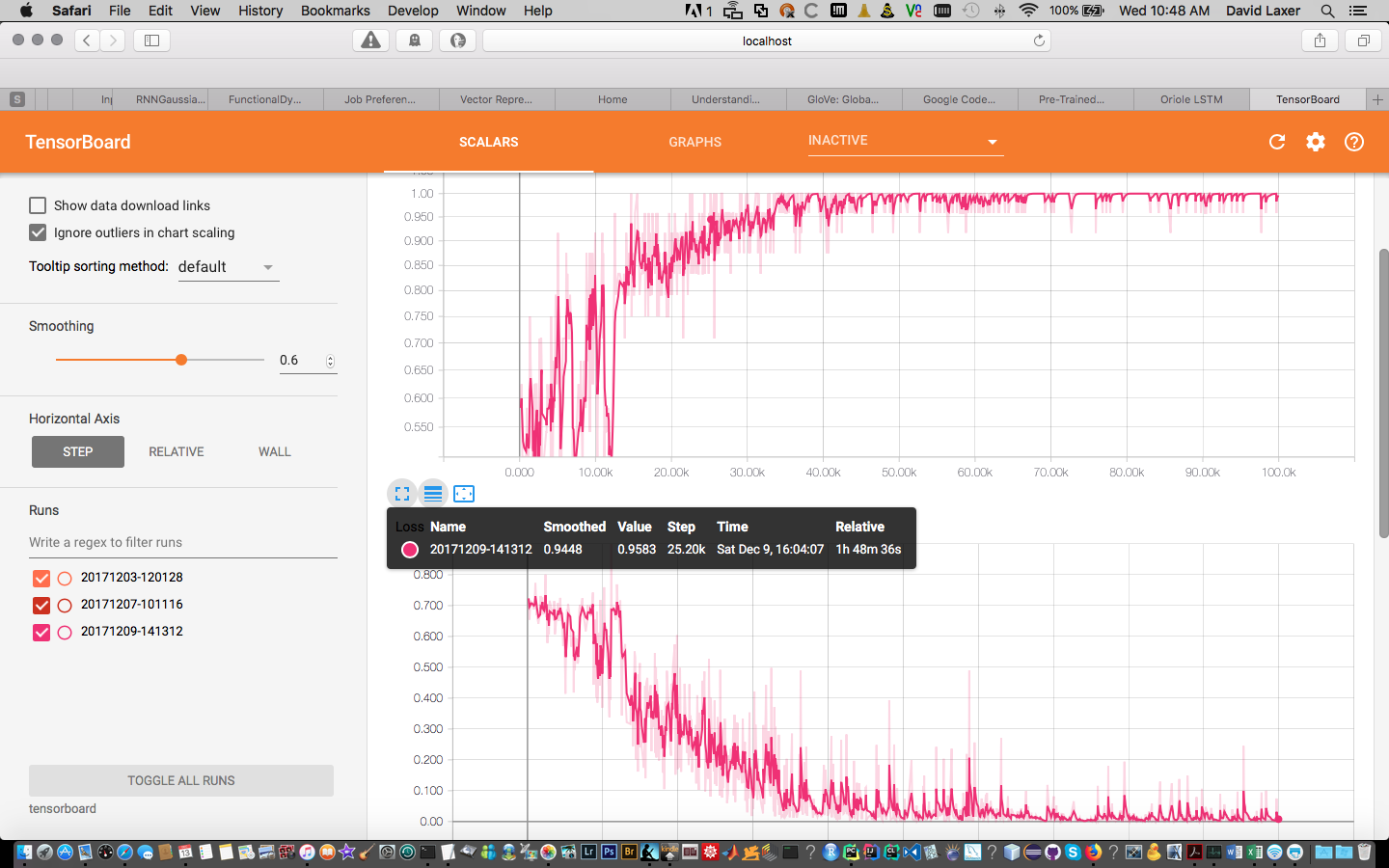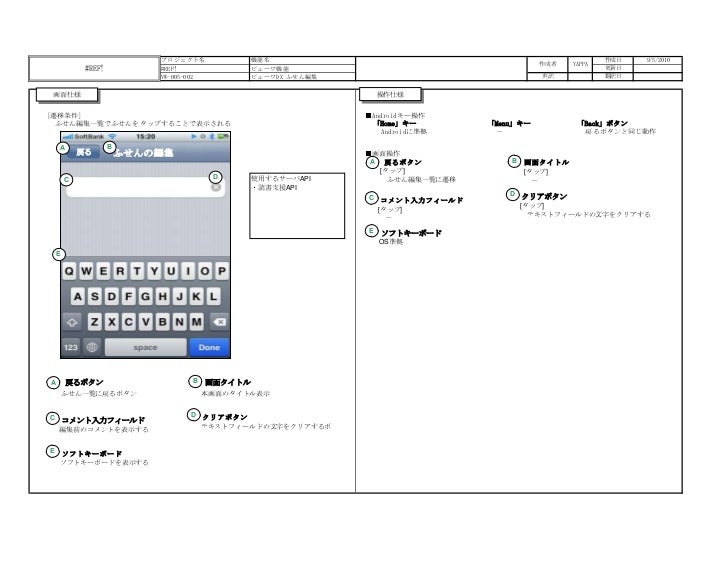

Tip: When the table is transferred, the adjusted column widths will be maintained. Click the Insert all result tables into output viewer icon to transfer all created tables to the Output Viewer at once.Click the Insert into output viewer icon to transfer the currently displayed results table to the Output Viewer.Transfer results table to the Output ViewerĪfter the tables have been created, they can be transferred to the Output Viewer from which they can later be exported together: Print – prints the currently displayed table or chart.Įxport – exports the currently displayed table in Excel format, website (HTML) format or RTF format for Word and other word processing programs exports the currently displayed chart in PNG, SVG or EMF (only Windows) format.

Send to QTT worksheet – inserts the current view into a new or an existing QTT worksheet.Ĭopy – copies the current table, highlighted area in the table, or chart, for example for insertion into Word. Insert all into output viewer – inserts all created tables or charts in the Output Viewer. Insert into output viewer – inserts the currently displayed table or chart in the Output Viewer. Refresh – recalls the dialog for selection of variables for the correlation table. Previous/Next – using the blue arrow or the selection list, switch between the results table for the dependent variables. Table view/Chart view – switches between the result table and scatter plots. The toolbar in the upper section of the results window offers important functions: Further notes can be found here: Overview of toolbar functions For larger groups, an approximation is performed. Note: P-values for small group sizes from 5 to 15 are determined using tabulated values.

Results table of the t-testįor the t-test, the following results table appears for the first dependent variable. In order to integrate only those cases that contain variables with a valid value select Exclude cases listwise.Īfter starting the calculation by clicking OK a t-test or U-test is performed for each selected dependent variable.
#Tams analyzer exporyt to maxqda code
Once you have selected a variable or code for defining the groups, you can select a value for defining the groups in each of the Group 1 and Group 2 drop-down menus. Hint: You can only select variables of the type integer or decimal as dependent variable.


 0 kommentar(er)
0 kommentar(er)
